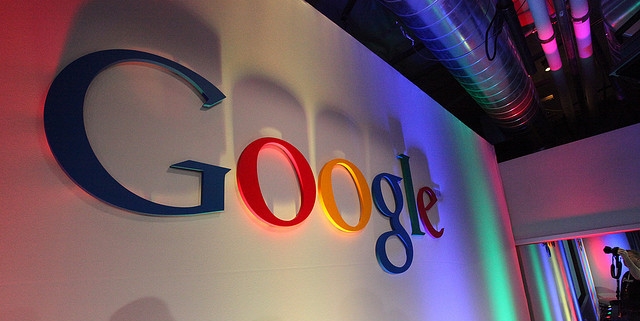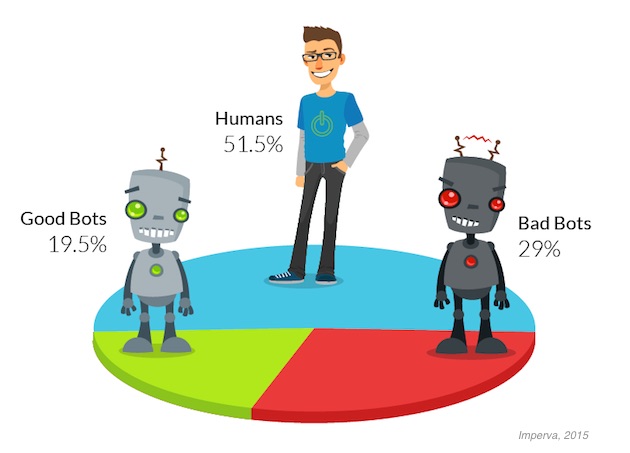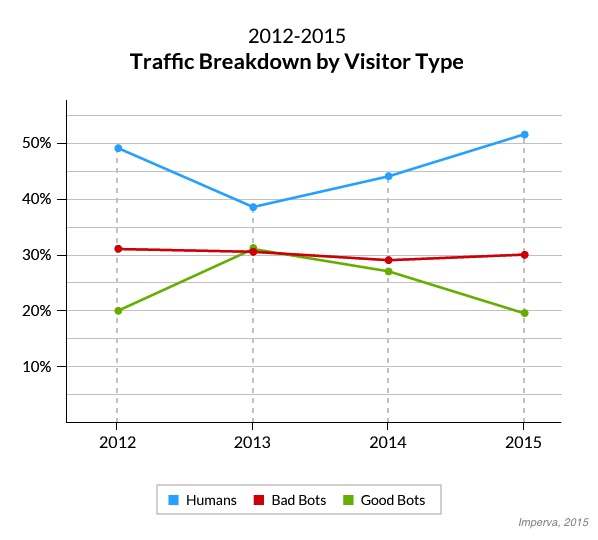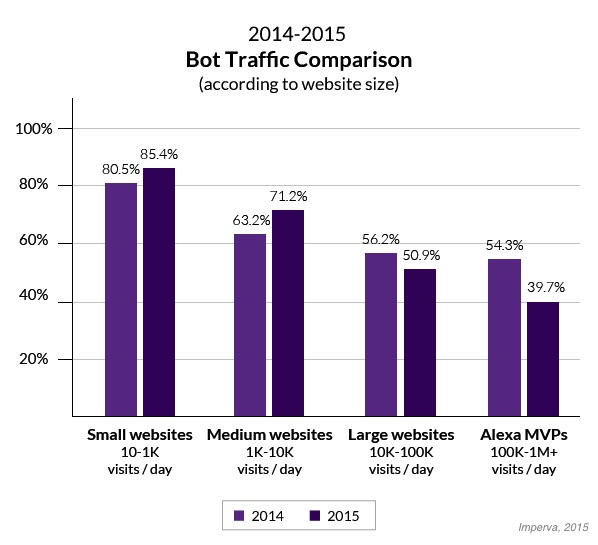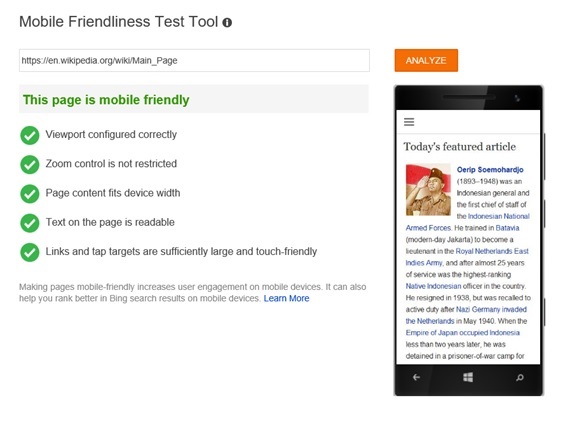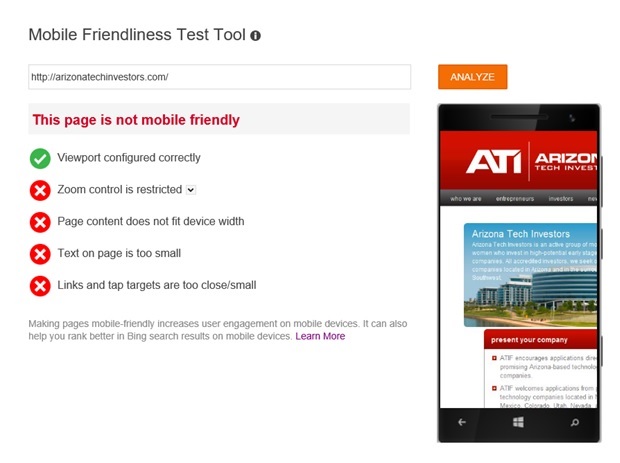
Google has always kept it search engine ranking algorithm a closely guarded secret, but it is finally letting webmasters and online marketers in on the three most important factors for ranking well. Google has confirmed the top three ranking factors are links, content, and RankBrain.
The news isn’t much of a surprise. Links have long been one of the most important signals for websites, and content has become an essential cornerstone of SEO in recent years.
Google said RankBrain was the third most important ranking signal last year, but its inclusion is still a little puzzling. RankBrain is technically a part of the Google algorithm, but it is hard to call it a search signal so much as an artificial intelligence system which informs Google’s main search algorithm.
Andrey Lipattsev, a Search Quality Senior Strategist at Google, confirmed the top two are links and content during a Google hangout yesterday. Lipattsev was asked what the top search signals are, to which he told SEOs:
I can tell you what they are. It is content and links pointing to your site.
Of course, there are over 200 search signals and Lipattsev suggested “there is no order” to the most important search signals, so don’t expect a complete ordered list of search factors anytime soon.
You can see the video of the Google hangout below, with Lipattsev responding to the question around the 30:20 point.

